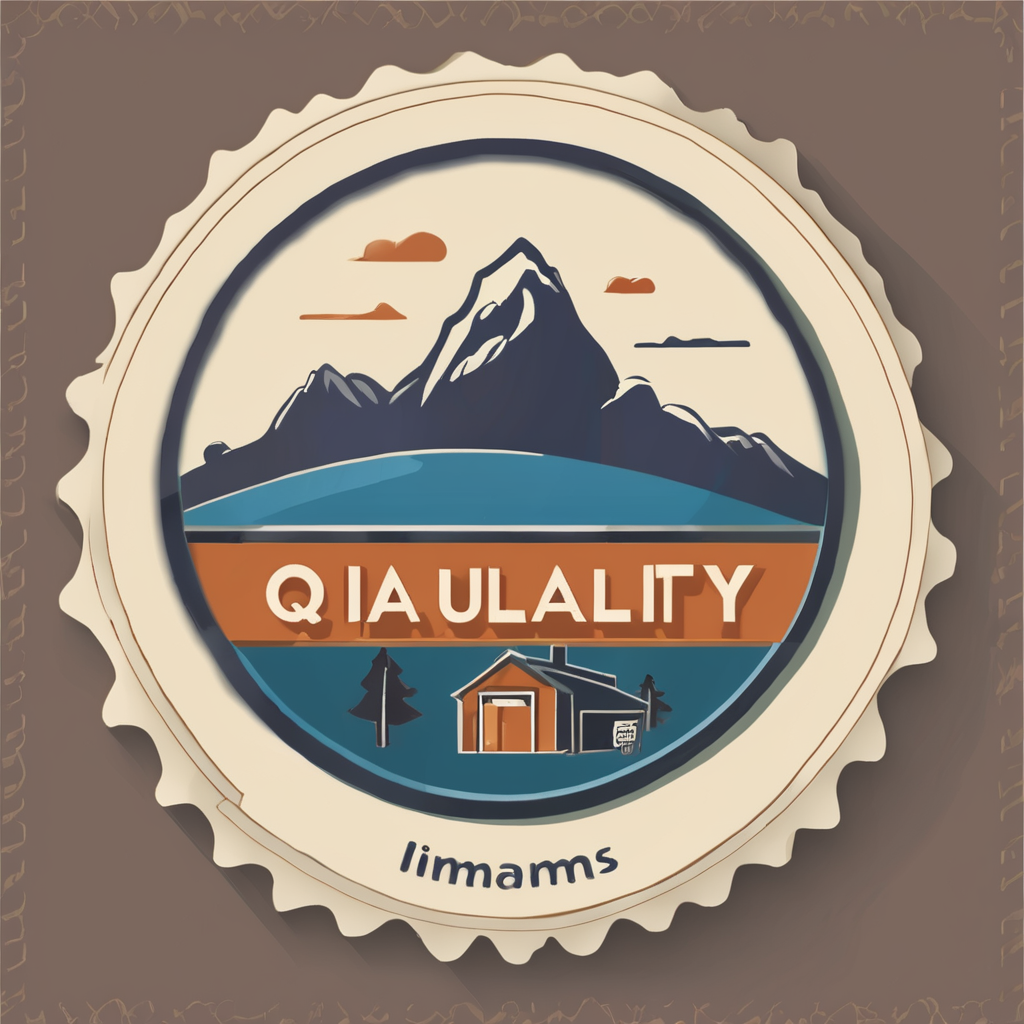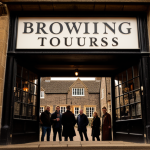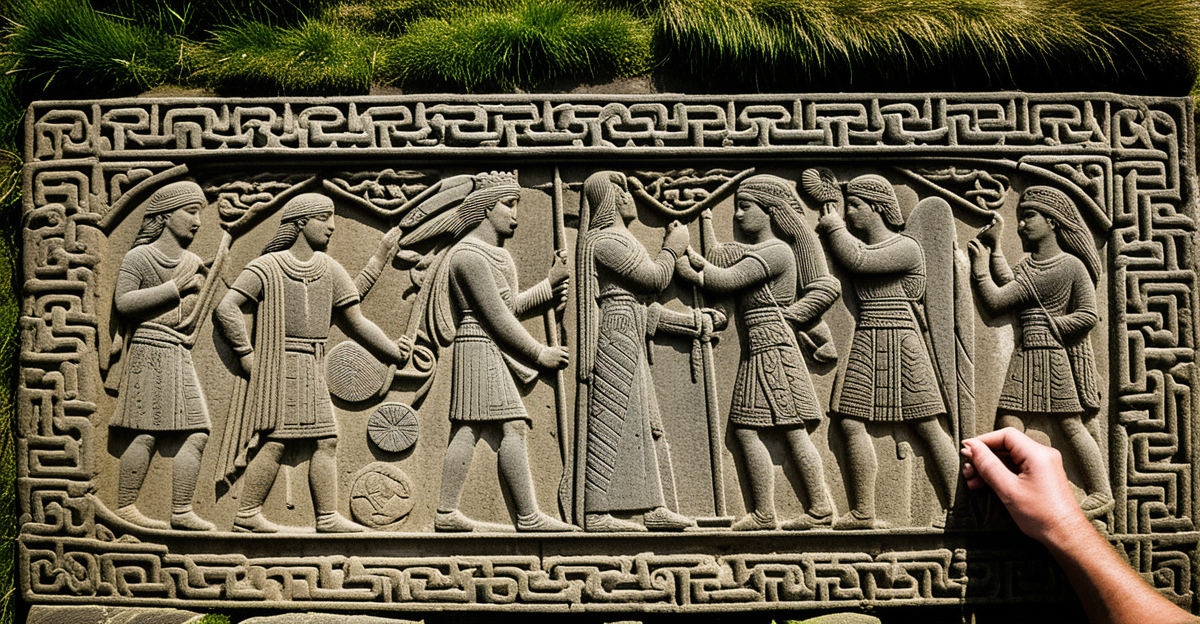Unveiling Northumberland’s Ancient Stone Carvings
Northumberland ancient stone carvings offer a remarkable glimpse into the prehistoric world. These carvings, etched onto various rock surfaces, hold historical significance as some of the earliest expressions of human creativity and communication. The region is rich in prehistoric rock art, with intricate motifs that date back thousands of years, shedding light on the lives of early inhabitants.
Early discoveries often emerged from farmer reports, with regions like the Cheviot Hills and the area around Bewick becoming renowned for their abundance of prehistoric rock art. These sites reveal not just artistic skill but also clues about ancient beliefs and rituals.
Also to discover : Discover the vibrant traditions: the ultimate adventure guide to scotland’s highland games!
Key historical findings include cup-and-ring marks and abstract symbols, which archaeologists interpret as religious or territorial markers. These carvings confirm that Northumberland was a significant cultural landscape in prehistoric times, making its ancient stone carvings vital artifacts for understanding the area’s past and the ancient people who once called it home.
Interpreting the Stories Etched in Stone
Understanding stone carving interpretations in Northumberland involves analyzing common motifs such as cup-and-ring marks, spirals, and abstract linear designs. These symbols likely held symbolic meaning for the ancient cultures of Northumberland, serving as religious icons, territorial markers, or storytelling elements. For example, cup-and-ring marks—circular depressions surrounded by rings—are frequently interpreted as representations of spiritual beliefs or celestial bodies.
Also to see : Discover the uk’s wine legacy: unforgettable vineyard tours showcasing local culture and traditions
Archaeological research suggests these carvings were created by communities with sophisticated symbolic systems. Scholars propose that the stone carving interpretations point to ritualistic uses, possibly linked to rites of passage or ancestral worship. Some theories argue that these works functioned as communication tools between groups, guiding travelers or delineating sacred areas.
Questions often arise about who made these carvings and why. The ancient cultures of Northumberland likely included hunter-gatherer societies evolving into settled farmers who invested in artistic expression for both practical and ceremonial purposes. While exact meanings remain elusive, the carvings provide valuable insights into prehistoric worldviews, reflecting a complex interplay between art, culture, and spirituality. This emphasis on symbolism strengthens their historical significance beyond mere decoration.
Exploring Major Carving Sites in Northumberland
Northumberland’s landscape hosts several notable stone carving sites, each offering a unique window into prehistoric life. Beckensall boasts an extensive array of prehistoric rock art, with cup-and-ring motifs etched deeply into sandstone surfaces. This site is a highlight for its diversity of symbols and clear visibility, making it a must-see for visitors interested in Northumberland ancient stone carvings.
Lordenshaws is another prominent site where visitors encounter large stone circles accompanied by carved stones bearing intricate markings. These carvings provide tangible evidence of ceremonial or ritualistic practices among the ancient cultures of Northumberland. Meanwhile, Old Bewick stands out for its carvings carved into standing stones that reflect complex symbolic systems, reflecting the site’s historical significance.
For travelers exploring these must-see ancient sites, maps of stone carvings in Northumberland are available at local visitor centres. Many offer guided tours that deepen understanding of the carvings’ origins and meanings, blending archaeological insight with experiential exploration. Accessibility varies by site, but most are reachable by footpaths, making them suitable for educational trips focused on cultural heritage.
Archaeological Insights and Preservation Efforts
Recent archaeological research Northumberland rock art employs advanced technologies like 3D scanning and digital mapping to document Northumberland ancient stone carvings with unparalleled precision. These methods help capture fine details, revealing subtle features previously overlooked, thus deepening understanding of the carvings’ historical significance.
Preservation remains critical, as many carvings face threats from natural erosion and human activity. Conservation strategies include controlled site access, protective shelters, and regular monitoring to mitigate damage. Collaborations between historians, archaeologists, and local communities enhance efforts to safeguard these irreplaceable artifacts.
Community involvement plays a vital role in raising public awareness, ensuring that local stewardship supports long-term preservation. This partnership approach balances research needs with cultural respect, fostering sustainable care for prehistoric rock art.
By sustaining these combined efforts, archaeological research Northumberland rock art continues to uncover new insights while ensuring future generations can explore and appreciate this rich prehistoric heritage. This focus on preservation reinforces the carvings’ ongoing importance in both academic study and cultural identity.
Planning a Historical Journey in Northumberland
Discovering Northumberland ancient stone carvings firsthand is both enriching and accessible. For those visiting stone carvings Northumberland, local visitor centres provide essential travel guide materials, including detailed maps that pinpoint major carving sites like Beckensall and Lordenshaws. These resources help travellers plan effective routes to maximise their experience of this cultural heritage tourism.
Self-guided walks offer flexibility, allowing visitors to explore at their own pace while appreciating the prehistoric rock art. Popular trails are well-marked and take hikers through picturesque landscapes where the stone carvings remain visible. Many sites also offer interpretive panels that explain stone carving interpretations, enabling deeper understanding without a guide.
Guided tours add another layer of insight. Led by experts familiar with the historical significance of the carvings, these tours provide detailed narratives that bring the ancient symbols and sites to life. Whether opting for self-guided or organised tours, travellers gain a meaningful connection to Northumberland’s unique heritage, combining exploration with education in a memorable journey.






